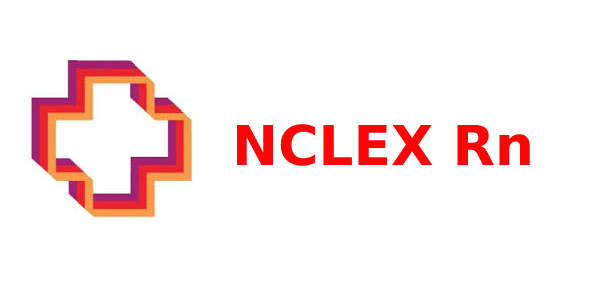The nurse develops a comprehensive care plan for a young woman...
When obtaining a specimen from a client for sputum culture and...
An adolescent is scheduled for a below-knee (BK) amputation following...
A college student comes to the college health services complaining of...
The nurse cares for a homebound client with a urinary catheter. The...
A client is admitted to the outpatient oncology unit for routine...
During a prenatal visit, the client states, "I have been very...
A client comes to the clinic for the results of a glycosylated...
The nurse recognizes which of these symptoms as characteristic of a...
A client develops a low intestinal obstruction. The nurse anticipates...
During the development of a nursing care plan, the nurse should...
The nurse identifies the MOST reliable client measure to evaluate the...
During an initial interview at an outpatient clinic, a 34-year-old...
When assessing orientation to person, place, and time for an elderly...
The physician prescribes estrogen (Premarin) 0.625 mg daily for a...
Under the supervision of the registered nurse, a student nurse changes...
The physician orders chlorpromazine (Thorazine) to control an...
The nurse is aware that which of the following assessments indicates...
A client diagnosed with an adjustment disorder with depressed mood has...
The nurse reviews procedures with the health care team. The nurse...
The nurse prepares the client for an IV pyelography (IVP) scheduled in...
The geriatric residents of a long-term care facility participate in a...
Which of the following is the BEST method for the nurse to use when...
A client at 16 weeks' gestation undergoes an amniocentesis. The client...
The nurse prepares a client for a magnetic resonance imaging (MRI)....
The home care nurse plans activities for the day. Which of the...
The nurse identifies which psychosocial stage should be a priority to...
A client diagnosed with Addison's disease comes to the health clinic....
The nurse supervises care given to a group of patients on the unit....
An older client receives total parenteral nutrition (TPN) for several...
The nurse observes a student nurse auscultate the lungs of a client....
The nurse cares for a client during an acute manic episode. The nurse...
The physician prescribes lithium carbonate (Lithobid) 300 mg PO QID...
A client returns from surgery with a fine, reddened rash noted around...
A 4-year-old child is admitted with drooling and an inflamed...
The clinic physician diagnoses Graves' disease for a client. The nurse...
A client receives a blood transfusion and experiences a hemolytic...
The nurse recognizes which of the following nursing interventions is...
The nurse assesses a client immediately after an exploratory...
The nurse anticipates a client diagnosed with a gastric ulcer to...
A nursing assistant reports to the RN that a patient with anemia...
A clinic nurse obtains a health history from a client newly diagnosed...
The school nurse conducts a class on childcare at the local high...
The nurse determines which of the following actions has HIGHEST...
The nurse cares for a client diagnosed with Ménière's...
An older adult receives dexamethasone (Decadron) 3 mg PO TID for...
The nurse cares for a patient admitted 2 days ago with a diagnosis of...
The nurse cares for a client diagnosed with a recurrent urinary tract...
The nurse evaluates the nutritional intake of an adolescent girl...
A client returns from surgery after a right mastectomy with an IV of...
The nursing team consists of one RN, two LPNs/LVNs, and three nursing...
Which of the following statements is both a correctly stated nursing...
The physician suggests play therapy for a 7-year-old child having some...
Promethazine hydrochloride (Phenergan) 25 mg IV push is ordered for a...
An adult client is admitted to the hospital unit diagnosed with...
Which of the following assessment findings should the nurse recognize...
A client with acquired immunodeficiency syndrome (AIDS) is admitted...
The home care nurse performs an assessment of a client diagnosed with...
The nurse plans care for a client diagnosed with paranoid...
The nurse cares for a client receiving haloperidol (Haldol). The nurse...
The nurse prepares discharge teaching for the parents of a newborn....
In planning discharge teaching for a client after a lumbar...
The nurse knows which of the following is an important consideration...
A patient with type 1 diabetes asks the nurse why the doctor ordered...
A nurse discusses changes due to aging with a group at the senior...
A patient has a Levin tube connected to intermittent low suction. At 7...
An older client with a history of hypertension and closed-angle...
A client receives morphine sulfate after admission to the emergency...
The nurse cares for a patient the first day postoperative after a...
The nurse cares for a patient during a radium implant. During the...
A Miller-Abbott tube is ordered for a client. The nurse knows that the...
A middle-aged woman is brought to the emergency department after being...
When caring for a client with myasthenia gravis, it is MOST important...
A client diagnosed with metastatic lung cancer is admitted to the...
The nurse assesses a client diagnosed with a spinal cord injury. Which...
















